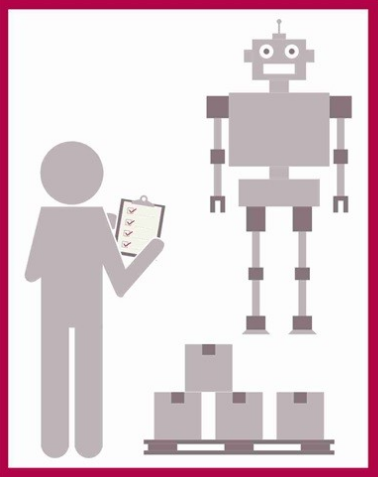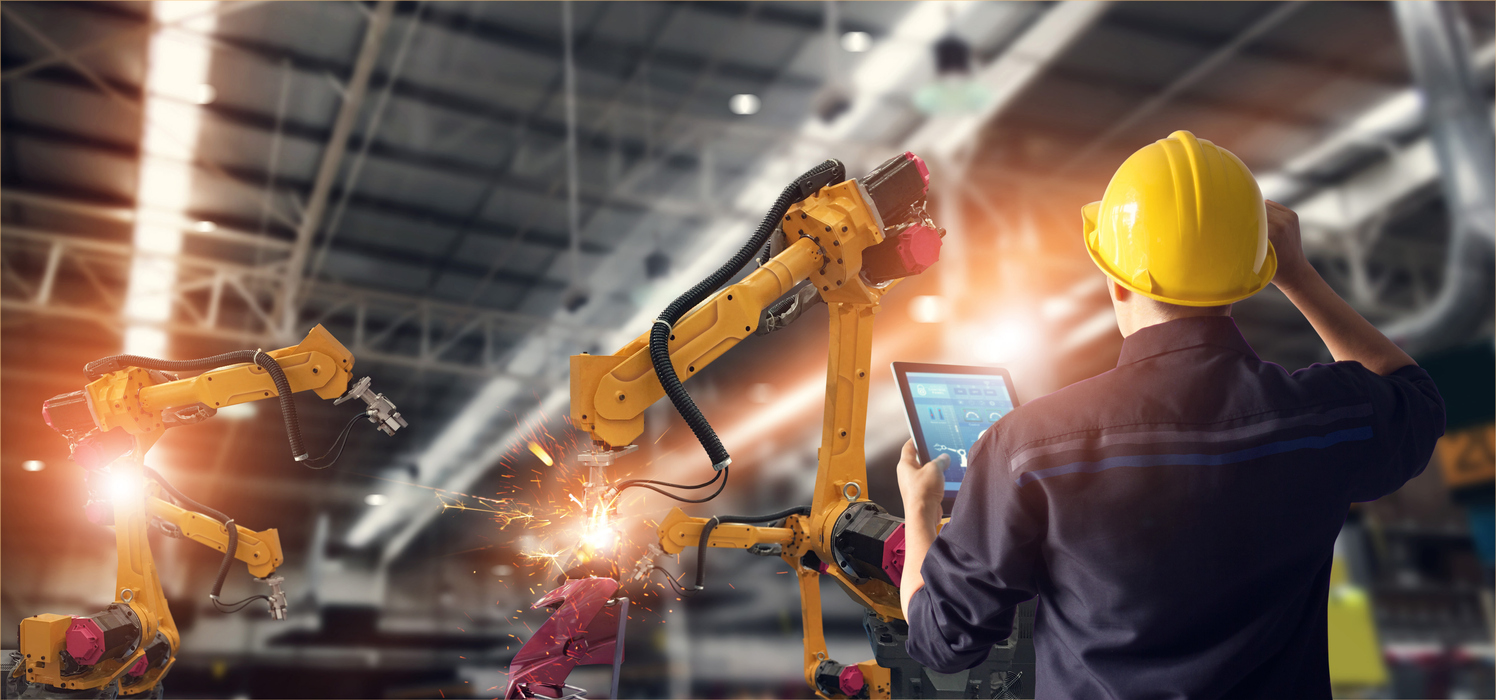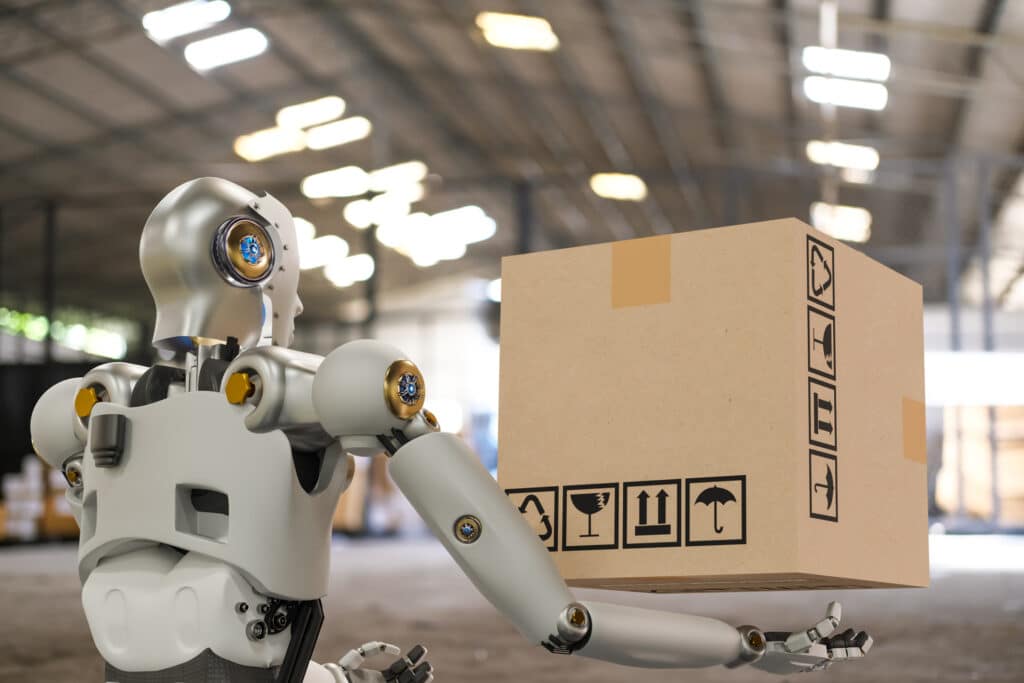
However, what I found most surprising is how important software is to the success of these critters. If you are in the market for a robot, you need to worry less about their “hands or feet” and more about their “brain” and the people developing that brain. This is why…
Robots can look busy just like humans
Over 20 years ago, I was told by a programmer who developed the first object-oriented WMS that “everything in a warehouse is a pick or a put.” It seemed like an extraordinary revelation. I was shocked that something as complex as a modern distribution center could be reduced to such software simplicity. Well, it turns out, this reduction is not quite true. Having done mountains of labor studies in warehouses over the years, I think most warehouse jobs can be broken down into four categories:
· Pick
· Put
· Travel
· Wait
Modern warehouse software has spent a lot of time focused on the “pick” and the “put” as my programmer-friend revealed, but they have left the decision about travel to the warehouse associate and about waiting (staffing, releasing work, moving people) to the managers of the warehouse. Consequently, the travel paths taken by associates (especially temps), the batching of orders to reduce those travel paths and so forth are not so good. Some research has been done to address these problems, but WMS companies have quietly ignored most of it -especially since customers weren’t clamoring for it. (Over the years I have learned that few warehouseman subscribe to the European Journal of Operational Research…)
The same goes for the management of labor. The more complex the warehouse is the more managers struggle to balance labor across the various jobs, to move people in a timely fashion and to release the work to keep everyone busy. There is academic work there too, but the WMS companies have just not picked up on it, or more likely few if any have the mathematicians and operations research people to understand how to tap this body of knowledge.
As a result, I find that most warehouse associates roughly spend 40% doing, 30% traveling and 30% waiting. This astounds people, but it is generally true. What this means is if you replace a warehouse worker with a “wrobot,” the wrobot is also going to stay busy 70% of the time, unless you address how the work is released, cross train them for multiple jobs, provide algorithms that shift labor when it makes sense to do so, etc. Also, if you have the wrobots mirror the inefficient travel sequence of a person or a WMS dictated path, they too will spend 30% of their time rolling around the warehouse from pick to put.
Why does this matter?
I think ultimately the payment model that will work best for wrobots is one that charges for the pick or the put. Not only is this the easiest way for a customer to buy such technology, but it also places the efficiency risk on the robot manufacturer. As a result, if you intend to charge per pick or per put for the wrobot, then you will want to address the “travel” and “wait” steps to improve the number of picks or puts you get per robot. I believe the wrobot companies will do this, because some already have the OR and Math people needed to leverage the research.
So if you are going to buy a robot, find out the “brains” behind the “brain” of the wrobot. That may be the key to their success–and yours!
As of September 8, 2020, Crimson & Co (formerly The Progress Group/TPG) has rebranded as Argon & Co following the successful merger with Argon Consulting in April 2018.







